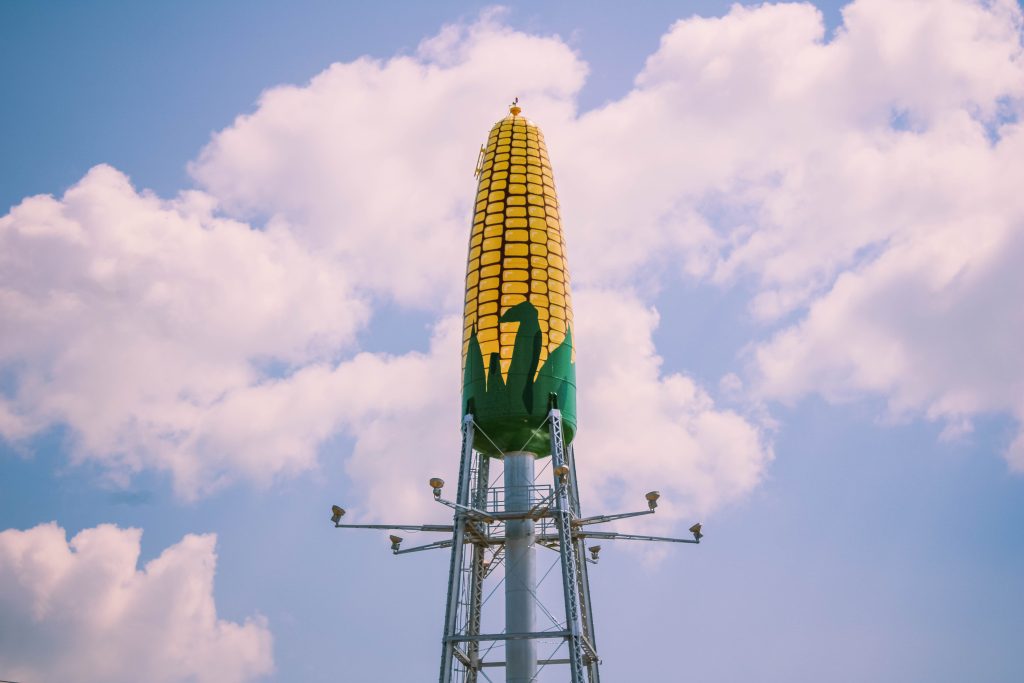Minnesota Bill H.F. 600, which legalized adult-use cannabis in June 2023, called for 16 different types of cannabis licenses, ranging from cannabis microbusinesses to medical cannabis cultivators, testing facilities and processors (there’s hemp licensing too). While it takes months to enact any new piece of legislation, proactive entrepreneurs already want to know how they can best prepare for the business application process. In this blog we’ll focus on Minnesota’s Microbusiness License and how soon-to-be applicants can best utilize the space allotted to them.
So what do prospective license holders and future operators need to know about designing the perfect, most profitable, Minnesota cannabis microbusiness facility? Here’s the dirt.
What Is a Cannabis Microbusiness License?
A cannabis microbusiness license is one of more than a dozen types of cannabis licenses Minnesota legislators planned for. For a number of reasons, a cannabis microbusiness license is an appealing option for independent operators entering the market:
- The license application fee is just $500
- Unlike other business categories, there is no initial cannabis microbusiness license fee
- License renewal is $2,000
Existing legislation suggests that Minnesota cannabis microbusinesses will be capped at 5,000 square feet of cultivation, manufacturing, and retail space. That might sound like a challenge for entrepreneurs hoping to vertically integrate. But with the right cannabis facility design, it’s absolutely possible.

Can Cannabis Microbusinesses Vertically Integrate in Minnesota?
Different states structure their legal cannabis markets differently. Some, like Florida, require vertical integration. Others, like California, require horizontal integration. Minnesota Bill H.F. 100 states that there are no limits on “the issuance of microbusiness licenses or mezzobusiness licenses … to the same person or entity.”
That’s a huge advantage for operators even with the 5,000 square foot cap on operational space. As many cannabis industry veterans know, combining cultivation, production, distribution and retail under one business entity can help a business increase its margins and reduce outsourcing costs.
Here’s how operators can vertically integrate a cannabis microbusiness in a space that’s just a bit larger than an NBA basketball court:
- Maximize Flowering Canopy. While every component of a vertically integrated business of any size needs to run efficiently, one department is more important than any other: cultivation. Without flower, there’s no product or profit. So the majority of the footprint—about 3,000 square feet—in your cannabis microbusiness facility design should go to your biggest revenue generator.
Keep in mind, however, that only 50% of that 3,000 square feet will actually support flowering canopy. What remains to be seen is if Minnesota regulators will allow cannabis microbusinesses to utilize multi-tier systems in their commercial cultivation space.
Prospective license holders should seek cannabis real estate and construction plans featuring ceilings over 16 feet. That extra height could be a huge advantage if the Minnesota Office of Cannabis Management approves vertical grows for cannabis microbusinesses.
- Keep Manufacturing Simple. For operators anticipating small-scale manufacturing within their cannabis microbusiness, allocate 500-1,000 square feet. That’s enough for essential production processes like extraction, packaging and filling pre-rolls, edible molds and cartridges. Focus on simple initial product offerings that don’t require a lot of elbow room for processing and packaging. It’s best to keep your cannabis microbusiness facility design somewhat flexible.
- Prioritize Retail Efficiency and the Customer Experience. The key to making the most of your retail space within the constraints of the Minnesota cannabis microbusiness license restrictions is to think in terms of revenue per square foot. A few hundred square feet of floor space doesn’t have to limit the volume of sales you can achieve.
Customers value comfort, convenience and novelty over room to roam. Don’t be afraid to leverage the simplicity of a small space as part of your branding, drawing a throughline for customers between the high-quality, local cannabis products on offer and the efficient minimalism of your sales floor.
Keeping the retail space tight allows for a higher customer turnover and therefore increased sales. Don’t forget, however, that you can expand your cannabis microbusiness’s profitability beyond the four walls of your facility. Consider incorporating innovative features like drive-through services and delivery options to serve even more customers.
The Minnesota cannabis microbusiness license is a great option for social equity license candidates, operators with modest startup capital or anyone who wants to start small and grow lean. When responsibly run, even a micro-scale vertically integrated business can be very profitable, especially if there is an emphasis on quality, high-end cannabis genetics and providing an excellent customer experience. With the right cannabis facility design, you are well on your way to building a successful boutique brand in an emerging market.
We grow, so we know: The team at Next Big Crop is deeply experienced in creating cannabis cultivation SOPs that improve facility efficiency and safety for the long term. Reach out to learn more
